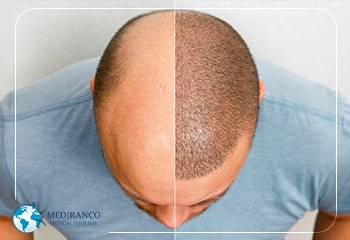types of hair transplant: Hair transplant surgery is a widely used procedure to address hair loss, with various techniques available. The process involves extracting hair-bearing skin from one part of the scalp and grafting it onto bald or thinning areas, as well as areas affected by trauma. Selecting the most suitable method depends on numerous factors, and there is no definitive way to determine one approach as superior to others.
Table of Contents
ToggleIn this article we will discuss:
- What are the various hair transplant techniques available?
- Which Hair Transplant Method is the Most Suitable?
- SuperFUE method
- SUT technique
- HRT technique
- Which hair transplantation method should I select?
- Hair transplant surgery in Iran
Introduction
Hair loss is a prevalent concern affecting a substantial portion of the population, with approximately 85% of males and 40% of females experiencing it, and its prevalence increases with age for both genders. The most common cause of hair loss is androgenic alopecia (AGA), a pattern of hair loss sensitive to androgens, affecting both men and women. Hair loss can also be triggered by factors like scalp inflammation or injuries, including burns, scalds, surgeries, or accidents, resulting in permanent areas of hair loss that can be effectively addressed through hair transplantation.
What are the various hair transplant techniques available?
- Follicular Unit Extraction (FUE)
- Follicular Unit Transplantation (FUT)
- Super FUE
- SUT method
- HRT (Hormonal Replacement Therapy) technique
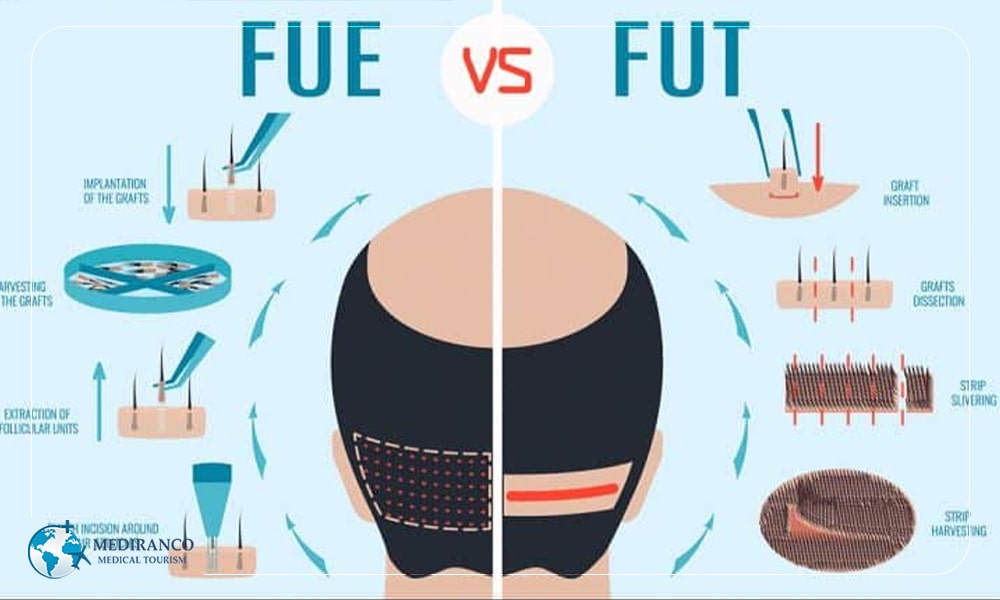
Follicular Unit Extraction (FUE) and Follicular Unit Transplantation (FUT) are the two primary approaches used in hair transplant surgeries to address male-pattern baldness. Both methods involve harvesting hair from the back and sides of the head and relocating them to areas experiencing hair loss. Some individuals have also successfully utilized chest and beard hair for the transplantation process.
Follicular Unit Extraction (FUE) is a technique where individual hair follicles are extracted using a small punch, removing the entire graft. FUE can be performed either manually or with the assistance of a robotic device, depending on the surgeon’s preference. While FUE hair transplantation may lead to scarring and may require multiple procedures to achieve the desired number of hair grafts, many people prefer it over FUT transplants due to its less invasive nature and potential for more flexible hairstyling options in the future, including shorter hairstyles. It is essential to be aware that hair will likely need to be shaved for the FUE procedure.
On the other hand, Follicular Unit Transplantation (FUT) involves the removal of a linear ellipse-shaped incision. FUT allows for obtaining a large number of grafts in one procedure without the need for shaving. The wounds left behind during an FUT procedure are typically closed with staples and may result in linear scarring, though this can be concealed by the surrounding hair.
Which Hair Transplant Method is the Most Suitable?
While both surgical techniques involve distinct approaches for acquiring grafts, the FUT procedure is comparatively simpler. In this method, the surgeon strategically places the donor hair grafts in the recipient site, ensuring a natural-looking coverage and a fuller head of hair. The process involves making incisions in the scalp and manually inserting the grafts, while alternative methods employ tools that simultaneously create incisions and transplant the grafts. The complete procedure may take approximately 8-10 hours.
After undergoing surgical hair transplants, it usually takes 3-4 months for new hair growth to commence. By the 8-month mark, all new hairs should be visibly growing, with the transplanted hair gradually reaching maturity over a period of up to 18 months.
SuperFUE method:
The SuperFUE technique is an innovative FUE Hair Transplant process developed by Advanced Hair Restoration through the successful transplantation of 2 million FUE grafts. This method incorporates advanced techniques and protocols for graft handling, graft hydration requirements, strategic placement, and the integration of the latest FUE technology. Through this approach, graft survivability has been optimized to match that of FUT Linear grafts, reducing procedure duration, enhancing patient comfort, and minimizing the time grafts spend outside the body. Additionally, the SuperFUE method allows for harvesting a higher number of viable FUE grafts while still maintaining safety.
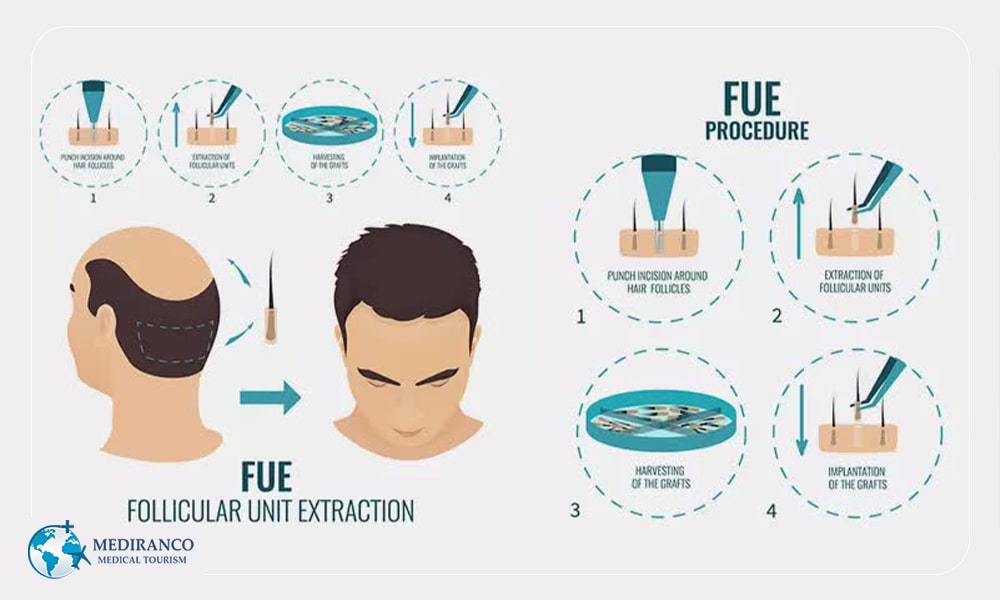
The Super FUE hair transplant is suitable for all candidates eligible for this type of procedure. However, it is particularly recommended for individuals who have experienced hair loss due to burns, those with genetic baldness, and those with a stiffened scalp caused by genetic factors, intense physical activity, or prior hair transplants. In such cases, the application of previous hair transplant methods like FUT may not be viable, making the SuperFUE method a preferred choice.
SUT technique is one of the types of hair transplant
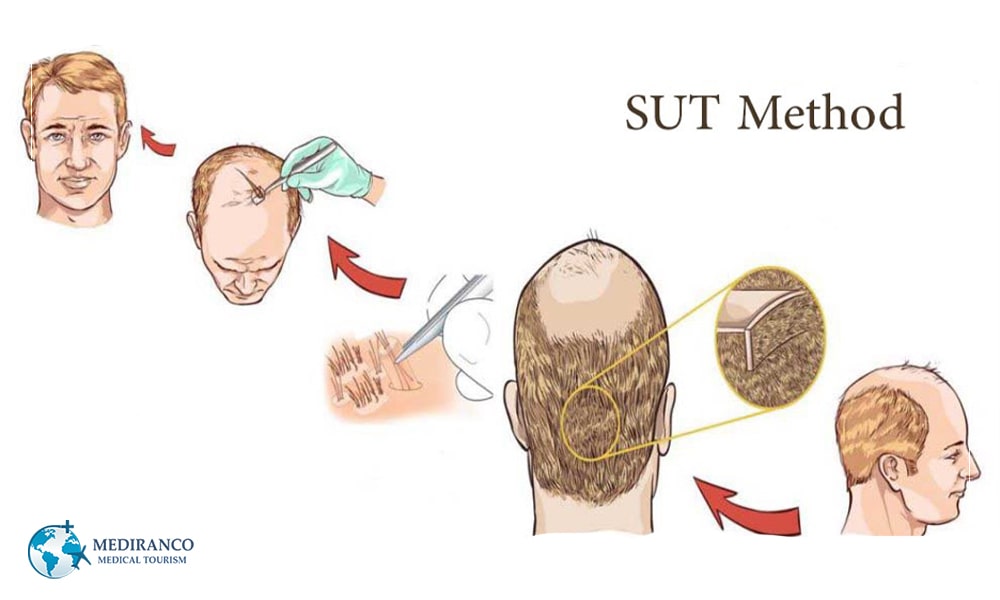
The SUT implantation is a novel approach in the realm of hair transplants, distinct from other methods like FIT and FUT. In this technique, the entire process of implantation is controlled by the physician and performed using automatic devices. Instead of manual removal and transplantation, follicles are separated from the donor site, often the back of the head, using a laser punch. These follicles are then frozen before being transferred to the areas with hair loss, protecting them from damage until they are implanted. The SUT method minimizes hair root loss during harvesting and transplantation due to the presence of the laser punch and the freezing system.
Unlike complete anesthesia, local anesthesia is used for the SUT procedure, and it does not involve surgery or excision of skin layers. The SUT method closely resembles the FIT technique, focusing solely on transporting hair follicles. However, with the utilization of new tools and technology, it offers improved outcomes. The SUT implantation has few side effects, resulting in a short recovery time with minimal issues such as puncture, ulceration, and bleeding. Moreover, it facilitates a higher rate of hair follicle transfer from the donor to recipient site, with physicians often able to move at least 10,000 follicles per session. Most procedures can be completed in a single session, and the method is versatile enough to transplant hair on any part of the body.
HRT technique
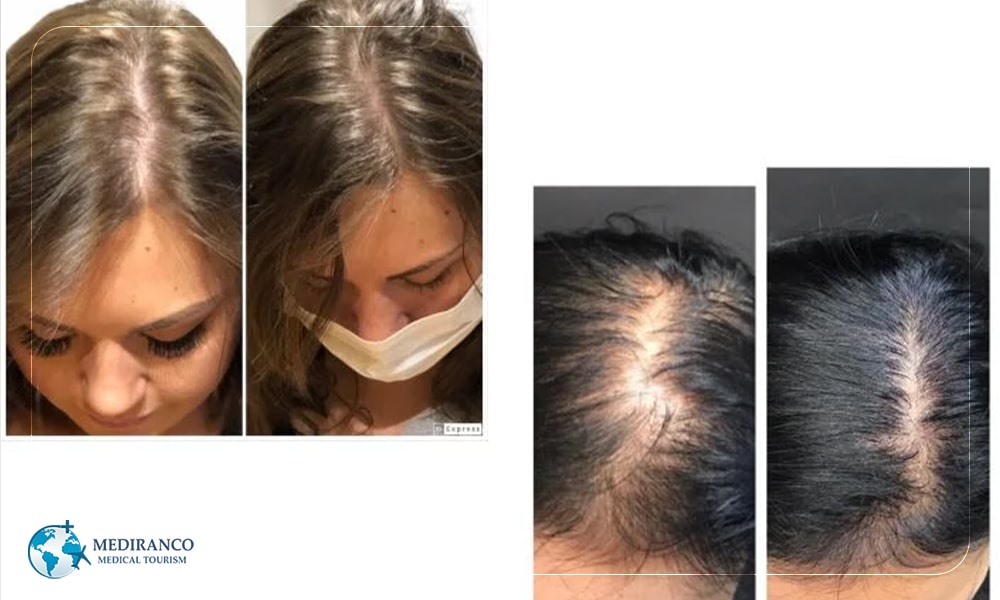
The HRT method represents the world’s first and only standardized approach to hair restoration, leading to the establishment of numerous hair clinics in Iran. Unlike other methods, HRT does not require a person’s hair bank, as the hair fibers used are 100% identical in type, color, and completely match the individual’s existing hair. During the initial session, the hair bank is selected based on factors such as hair color, type, and style. A common concern among clients seeking hair restoration is the naturalness of the growth line and calvaria line. With the HRT method, these lines appear highly natural, and the entire process is conducted in a single session without any inconsistencies or the need for additional references. A human skin-like layer is simulated on the scalp, ensuring a seamless and authentic outcome.
Which hair transplantation method should I select?
There is no definitive rule stating that one method of hair transplantation is superior to others. The decision largely depends on various factors, such as the extent of hair loss, hair density, and type in the donor area, as well as the expected outcomes. Qualified plastic surgeons can recommend a specific technique only after an individualized consultation and examination. For online consultations, patients can provide photos of their heads from different angles, enabling the doctor to offer more precise recommendations.
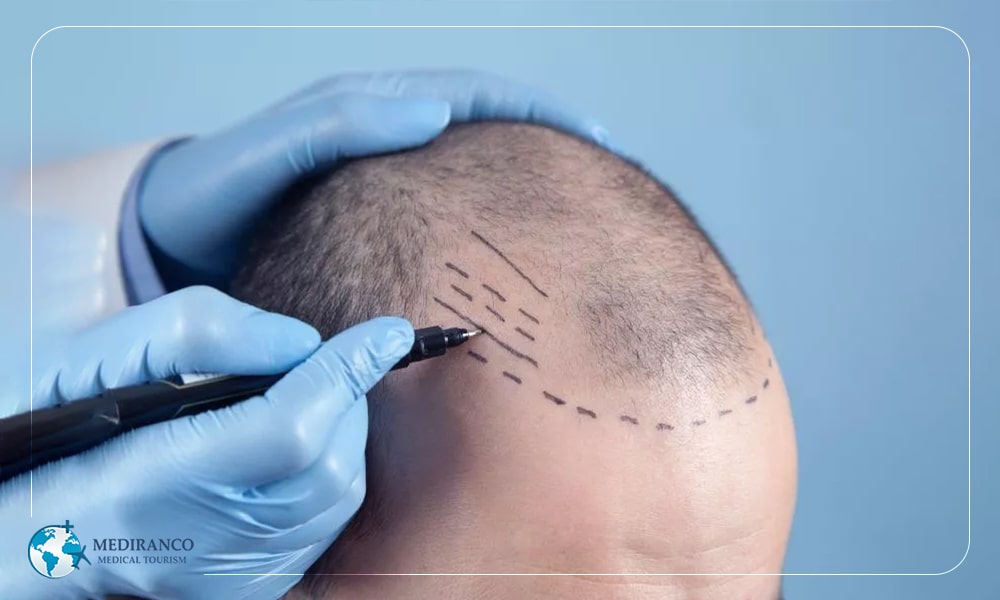
Hair transplant surgery in Iran
There are several reasons why foreign patients choose Iran for hair transplantation, with two primary factors standing out. Firstly, the cost of hair transplant in Iran is significantly lower compared to other countries. By comparing prices, one can discover that up to 80% of expenses can be saved by having the procedure performed in Iran.

The second prominent reason is the expertise of highly experienced and board-certified surgeons. Iran boasts over a thousand dermatologists who provide advanced hair restoration treatments with a remarkable success rate at affordable prices, ensuring that anyone can access the benefits of full and natural-looking hair.

